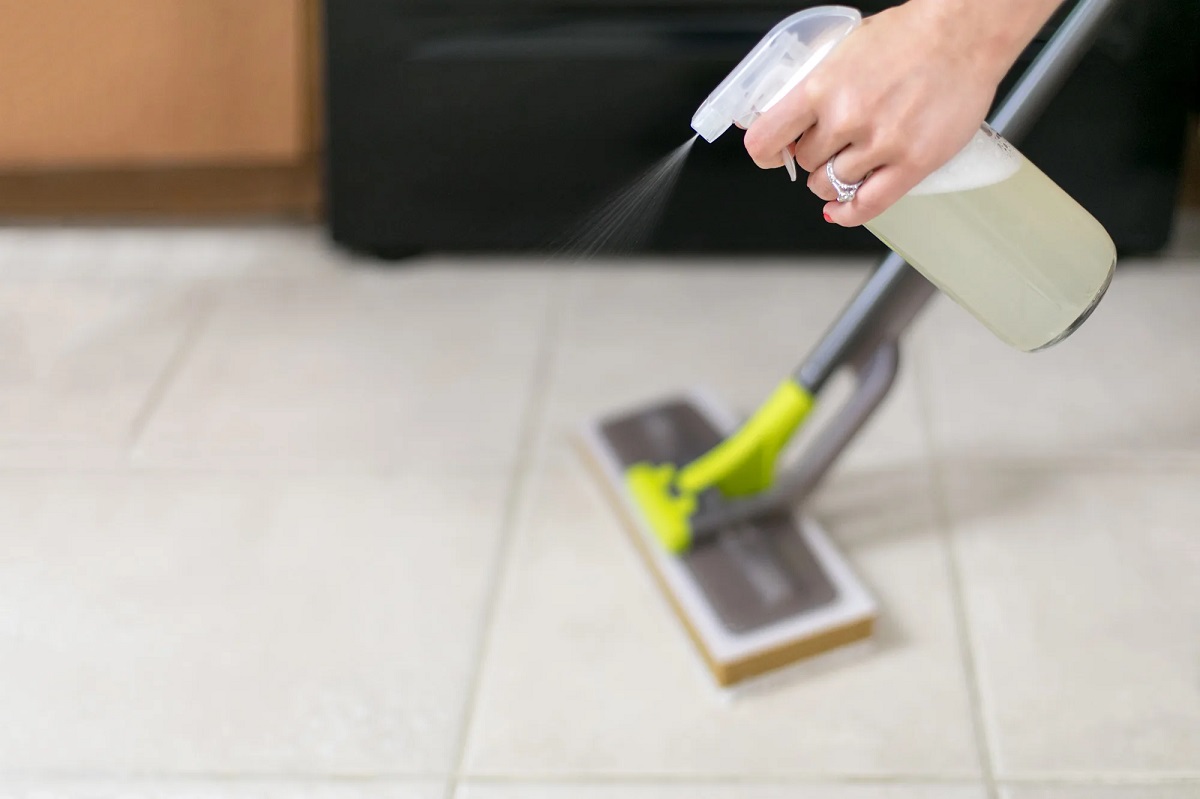

Articles
How To Make Floor Cleaner
Modified: January 19, 2024
Discover effective articles on how to make floor cleaner at home. Save money and ensure a clean and sparkling floor with these easy DIY recipes.
(Many of the links in this article redirect to a specific reviewed product. Your purchase of these products through affiliate links helps to generate commission for Storables.com, at no extra cost. Learn more)
Introduction
Welcome to our comprehensive guide on how to make your own floor cleaner! Keeping your floors clean and sparkling can be a never-ending task. While there are plenty of commercial floor cleaning products available on the market, they often contain harsh chemicals that can be harmful to both your health and the environment. That’s why making your own floor cleaner using natural ingredients is not only a cost-effective solution, but also a safer and more sustainable choice.
In this article, we will walk you through the step-by-step process of making a homemade floor cleaner that is effective, eco-friendly, and gentle on your floors. Whether you have hardwood, tile, laminate, or vinyl floors, this recipe can be tailored to suit your specific needs.
By making your own floor cleaner, you have control over the ingredients used, ensuring that you’re not exposing yourself or your loved ones to toxic chemicals. Plus, it’s a great way to reduce plastic waste by using reusable containers and avoiding single-use plastic bottles.
So, let’s dive in and discover how easy it is to create your own floor cleaner that will leave your floors clean, refreshed, and chemical-free!
Key Takeaways:
- Create an eco-friendly floor cleaner using vinegar, water, essential oils, and dish soap. Save money, reduce environmental impact, and enjoy clean, chemical-free floors with this simple DIY solution.
- Store your homemade floor cleaner properly in a sealed container, away from sunlight and food items. Label and monitor for changes to ensure long-term effectiveness and safety.
Read more: How To Use Bona Floor Cleaner
Ingredients Needed
Before we begin, let’s gather all the ingredients you’ll need to make your homemade floor cleaner. The best part is, you probably already have most of these ingredients in your pantry!
Here’s what you’ll need:
- Vinegar: Vinegar is a versatile cleaning ingredient that acts as a natural disinfectant and helps remove dirt and grime from your floors.
- Water: Water will be the main component of our floor cleaner, diluting the other ingredients and ensuring a safe and effective cleaning solution.
- Essential oil: Adding a few drops of your favorite essential oil will not only give your floor cleaner a pleasant aroma but also help mask the vinegar scent.
- Liquid dish soap: A small amount of liquid dish soap will help break down grease and stubborn stains on your floors.
These simple ingredients work together to create a powerful yet gentle cleaning solution that will leave your floors looking pristine and smelling fresh.
Now that we have our ingredients ready, let’s move on to the equipment we’ll need to make our homemade floor cleaner.
Equipment Required
To make your own floor cleaner, you won’t need any specialized equipment or expensive tools. Chances are, you probably already have these items in your kitchen.
Here’s what you’ll need:
- A mixing bowl: A medium-sized mixing bowl will be used to combine all the ingredients.
- A measuring cup: A measuring cup will come in handy to ensure accurate measurements of the ingredients.
- A funnel: Using a funnel will help you transfer the floor cleaner into the desired storage container without any spills or mess.
- A spray bottle or mop bucket: Depending on your preference, you can use a spray bottle for spot cleaning or a mop bucket for larger areas.
- A microfiber cloth or mop: A microfiber cloth or mop is ideal for applying the floor cleaner and buffing the floors to a shine.
These common household items will make the process of creating and using your own floor cleaner a breeze. Once you have gathered all the ingredients and equipment, you’re ready to move on to the next steps and start making your homemade floor cleaner.
Step 1: Gather the Ingredients
Before you dive into making your homemade floor cleaner, it’s essential to gather all the necessary ingredients to ensure a smooth and efficient process. Double-check your pantry and make sure you have the following items:
- Vinegar: This natural cleaning agent is a staple in homemade cleaning solutions. Look for white vinegar, as it is more versatile and less likely to cause stains on your floors compared to other vinegars.
- Water: You’ll need water to dilute the vinegar and create your cleaning solution. Preferably, use distilled or filtered water for the best results.
- Essential oil: Pick your favorite essential oil to add a pleasant scent to your floor cleaner. Popular choices include lavender, lemon, or tea tree oil. Make sure the essential oil you choose is safe for topical use.
- Liquid dish soap: Look for a mild or eco-friendly liquid dish soap to help with breaking down grime and grease on your floors. Avoid dish soaps with harsh chemicals or added fragrances.
Having these ingredients ready will make the process of making your floor cleaner much smoother. Take a quick inventory and ensure you have enough quantities of each item. If needed, make a trip to the grocery store and pick up anything you’re missing.
Once you’ve gathered all the ingredients, it’s time to move on to the next step: preparing the cleaning solution.
Step 2: Prepare the Cleaning Solution
Now that you have all the necessary ingredients, it’s time to prepare the cleaning solution for your homemade floor cleaner. Follow these simple steps:
- Take your mixing bowl and place it on a clean and stable surface. This will be your workspace for creating the cleaning solution.
- Add 1 cup of water to the mixing bowl. The water will act as the base for the solution.
- Next, add 1 cup of vinegar to the mixing bowl. The vinegar will serve as a natural disinfectant and help break down dirt and grime.
- To add a pleasant scent to your floor cleaner, add 10-15 drops of your chosen essential oil. Feel free to adjust the number of drops based on your preference.
- Lastly, add 1 tablespoon of liquid dish soap to the mixture. The dish soap will help cut through grease and stubborn stains on your floors.
Once all the ingredients are in the mixing bowl, it’s time to move on to the next step: mixing them together to create your floor cleaning solution.
Note: If you have a specific recipe or different measurements in mind, feel free to adjust the quantities of the ingredients accordingly. The measurements mentioned here are a general guideline, but you can tailor the recipe to meet your specific cleaning needs.
Mix equal parts of white vinegar and water in a spray bottle for an effective and natural floor cleaner. This solution is safe for most types of flooring and will leave your floors clean and shiny.
Read more: How To Make A Floor For A Shed
Step 3: Mix the Ingredients
With all the ingredients in the mixing bowl, it’s time to combine them and create your homemade floor cleaner. Follow these steps to ensure they are mixed thoroughly:
- Take a whisk or spoon and gently stir the mixture in the mixing bowl. Make sure to incorporate all the ingredients together.
- Continue stirring until the vinegar, water, essential oil, and liquid dish soap are well blended. This may take a minute or two of stirring.
- Keep stirring until you see that the liquid is uniformly mixed and there are no visible traces of separate ingredients.
During this step, you may notice a light foaming or bubbling action due to the reaction between the vinegar and dish soap. Don’t worry, this is normal and will not affect the cleaning effectiveness of the solution.
Once you are confident that the ingredients are well mixed, it’s time to transfer the solution to a suitable container for storage and use. Move on to the next step to learn how to do this effectively.
Step 4: Transfer the Solution
Now that your floor cleaning solution is mixed and ready, it’s time to transfer it to a container for convenient storage and use. Follow these steps to ensure a smooth transfer:
- Prepare a clean and empty container that will hold your floor cleaner. This can be a spray bottle, a squeeze bottle, or a mop bucket, depending on your preference.
- If you are using a spray bottle, attach a funnel to the top to prevent any spills or mess during the transfer.
- Carefully pour the floor cleaning solution from the mixing bowl into the container of your choice, using the funnel if necessary. Be cautious to avoid overfilling.
- If you are using a mop bucket, ensure that it has a secure lid or cover to keep the solution fresh and prevent any accidental spills.
- Once the solution is transferred, secure the container’s cap or lid tightly to prevent any leakage or evaporation.
Now, your floor cleaner is safely stored in a suitable container, ready for use whenever you need to tackle those dirty floors. In the next step, we’ll discuss how to use the floor cleaner effectively to achieve clean and shiny floors.
Step 5: How to Use the Floor Cleaner
Using your homemade floor cleaner is easy and straightforward. Follow these steps to effectively clean your floors:
- Prepare the area you want to clean by removing any visible debris or loose dirt. Sweep or vacuum the floor to ensure a clean surface.
- If you are using a spray bottle, simply spray the floor cleaning solution onto the desired area. For larger areas, you may want to use a mop and a bucket.
- If using a mop, dampen the mop head with the floor cleaner and wring out any excess liquid. Ensure that the mop is not dripping wet.
- Starting from one corner of the room, mop the floor in a back-and-forth motion, covering small sections at a time. Remember to work your way towards the exit to avoid stepping on wet areas.
- For stubborn stains or heavily soiled areas, let the floor cleaning solution sit for a few minutes before scrubbing gently with a soft-bristle brush or microfiber cloth.
- Rinse out the mop or microfiber cloth as needed to remove any dirt or grime buildup.
- Once you have finished mopping the entire floor, allow it to air dry naturally. Avoid walking on wet floors to prevent slipping and to allow the cleaning solution to work effectively.
With these simple steps, you can effectively use your homemade floor cleaner to achieve clean and shiny floors. Remember to always test the cleaner on a small, inconspicuous area before using it on the entire floor to ensure compatibility with different floor types.
Now that you know how to use the floor cleaner, let’s move on to the final step: storing the floor cleaner properly for future use.
Step 6: Storing the Floor Cleaner
Properly storing your homemade floor cleaner is essential to maintain its effectiveness and viability for future use. Follow these steps to store it correctly:
- Ensure that the container holding the floor cleaner is tightly sealed to prevent any evaporation or leakage.
- Store the container in a cool, dry place away from direct sunlight. This will help maintain the quality of the ingredients and prevent any degradation.
- Label the container clearly with the name of the floor cleaner and the date of preparation. This will help you keep track of its freshness and usage.
- Keep the floor cleaner out of reach of children and pets to avoid any accidental ingestion or misuse.
- Store the floor cleaner away from food items to prevent any cross-contamination.
- Check the floor cleaner periodically for any changes in color, odor, or consistency. If you notice any abnormalities, discard the solution and make a fresh batch.
By following these simple storage precautions, you can ensure that your homemade floor cleaner remains effective and safe for use over an extended period.
With this comprehensive guide on how to make your own floor cleaner, you now have the knowledge and tools to maintain clean and pristine floors without relying on harsh chemicals or expensive commercial products.
Remember to always be cautious when using any cleaning product and to test it on a small, inconspicuous area before applying it to the entire floor. If you have any specific concerns or questions about your floor type, consult the manufacturer’s guidelines for cleaning recommendations.
Now, go ahead and enjoy the benefits of your eco-friendly and budget-friendly homemade floor cleaner!
Read more: How To Make A Vacuum Cleaner
Conclusion
Congratulations! You have successfully learned how to make your own floor cleaner using simple and natural ingredients. By opting for a homemade floor cleaner, you not only save money but also reduce your impact on the environment by ditching harsh chemicals commonly found in commercial cleaning products.
Throughout this article, we discussed the importance of using eco-friendly ingredients like vinegar, water, essential oils, and liquid dish soap to create a potent yet gentle floor cleaning solution. We also covered the step-by-step process of gathering the ingredients, preparing the cleaning solution, mixing the ingredients, transferring the solution into a container, using the floor cleaner effectively, and storing it properly for future use.
Now, armed with this knowledge, you can confidently clean your floors, whether they are hardwood, tile, laminate, or vinyl, using your homemade floor cleaner. Enjoy the benefits of a clean and fresh-smelling home without compromising your health or the environment!
Remember to always test the floor cleaner on a small area first to ensure compatibility with your specific flooring type and to adjust the recipe based on your preferences if needed.
So go ahead, gather your ingredients, mix up a batch of your homemade floor cleaner, and start enjoying squeaky clean floors while knowing you’re making a positive impact.
Thank you for joining us on this journey towards a greener and cleaner home!
Frequently Asked Questions about How To Make Floor Cleaner
Was this page helpful?
At Storables.com, we guarantee accurate and reliable information. Our content, validated by Expert Board Contributors, is crafted following stringent Editorial Policies. We're committed to providing you with well-researched, expert-backed insights for all your informational needs.
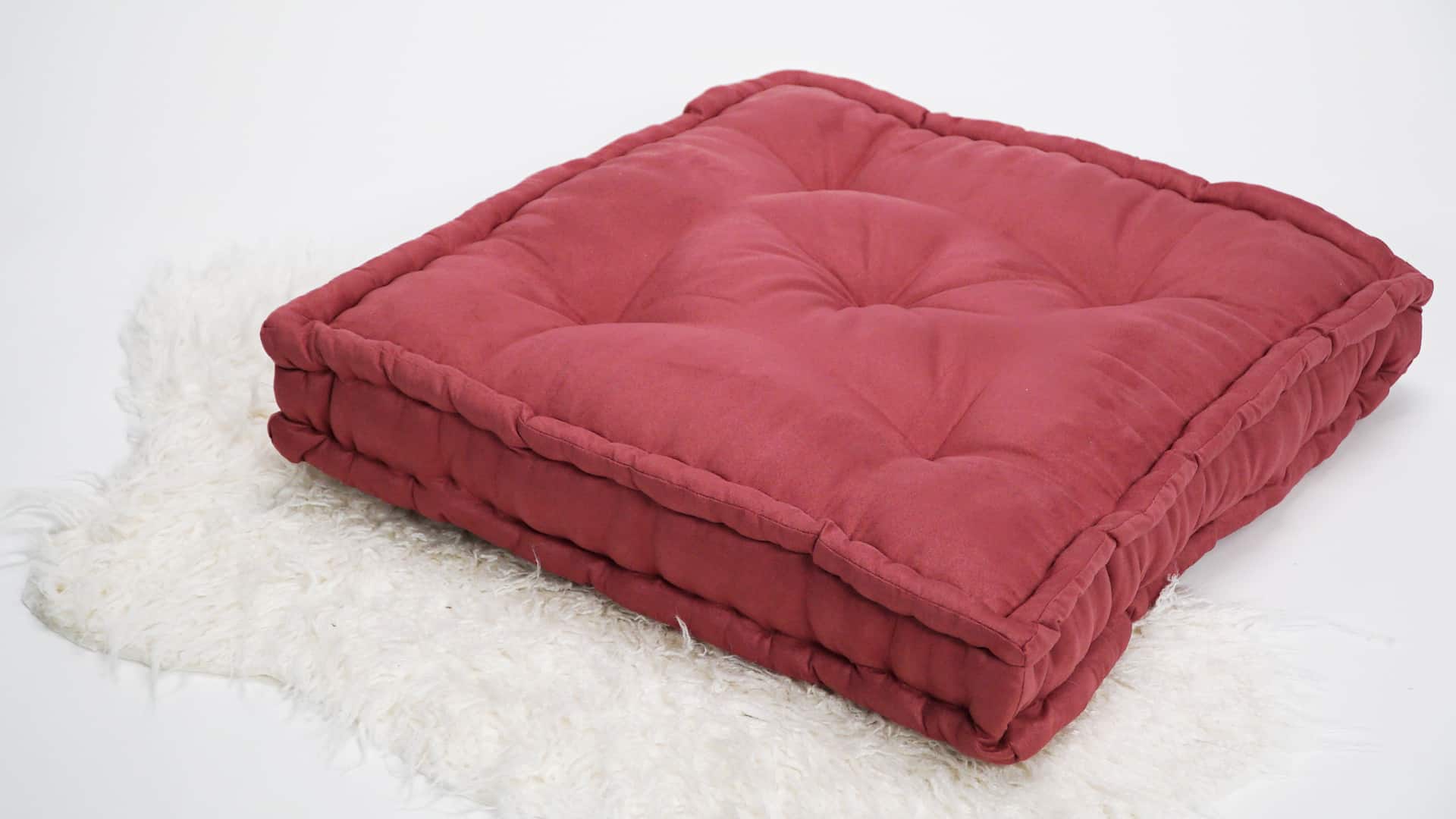
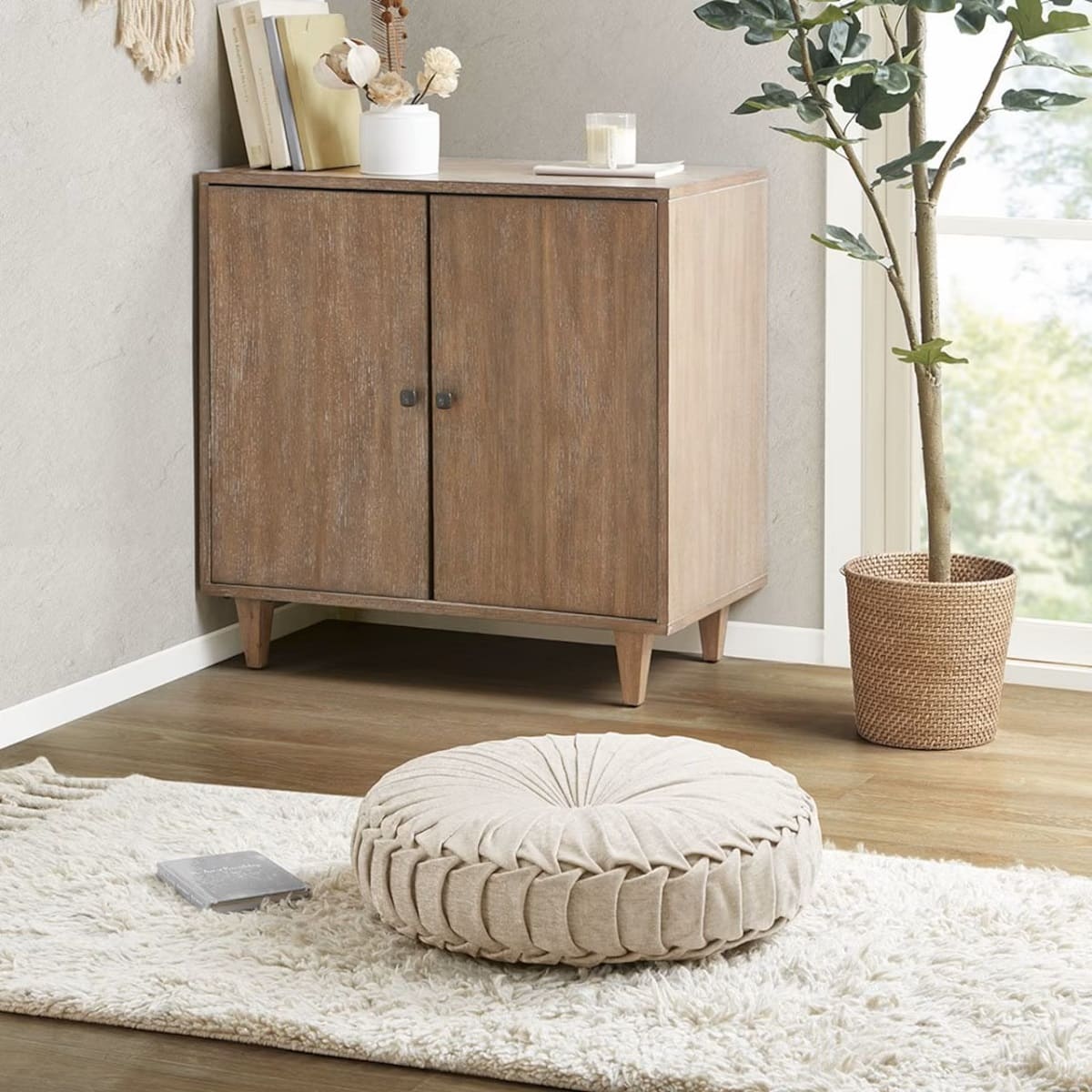
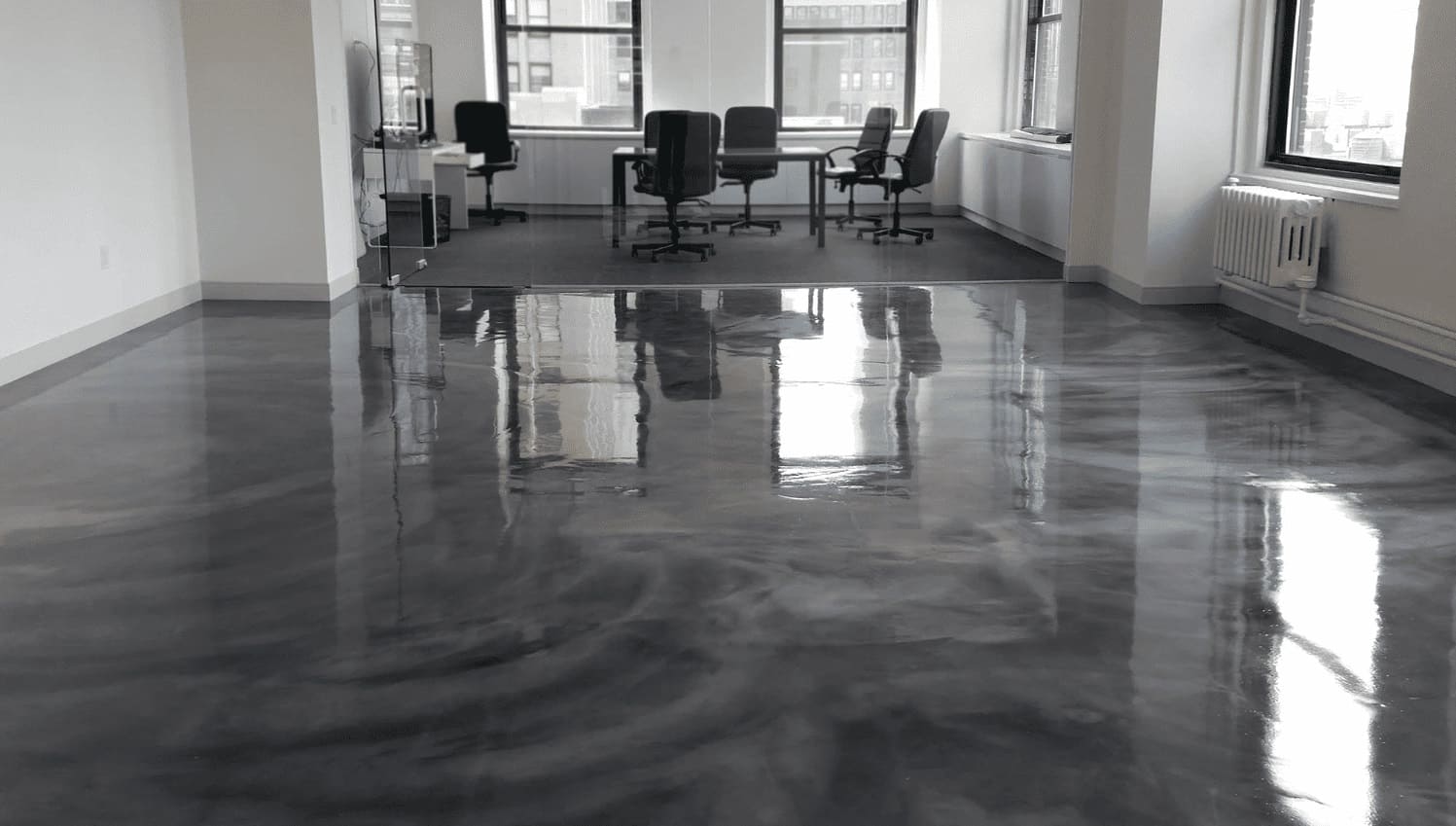
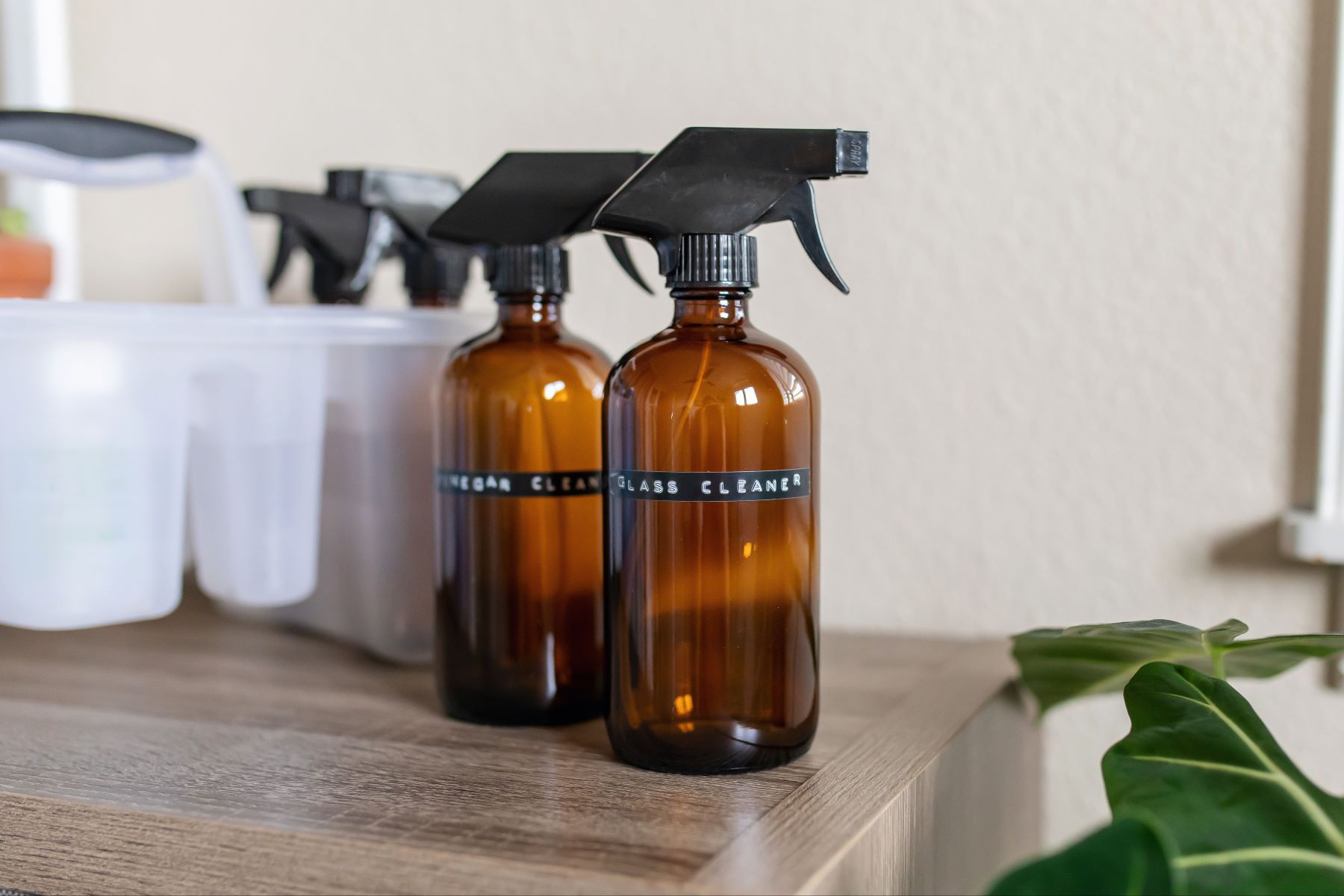
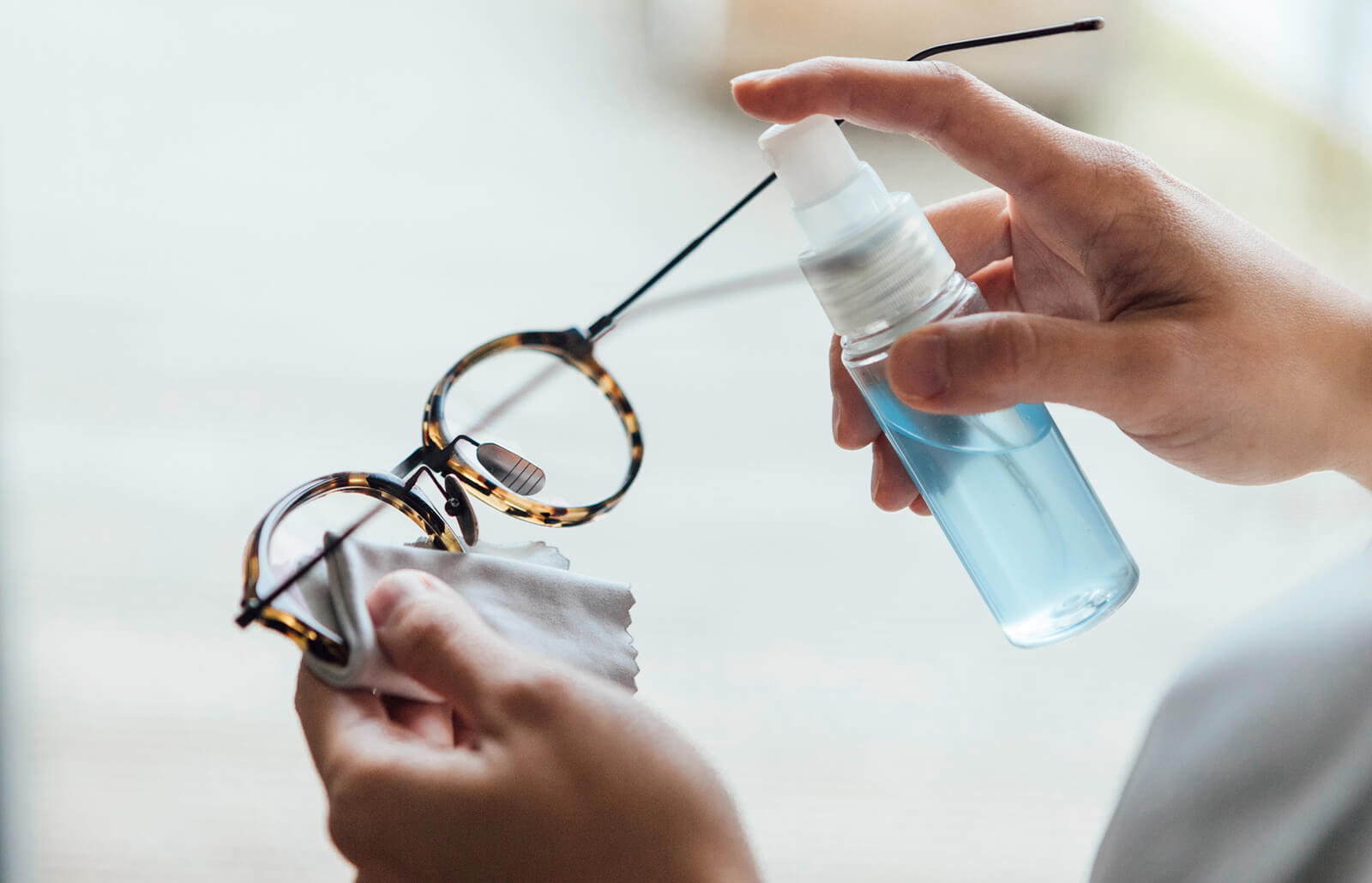
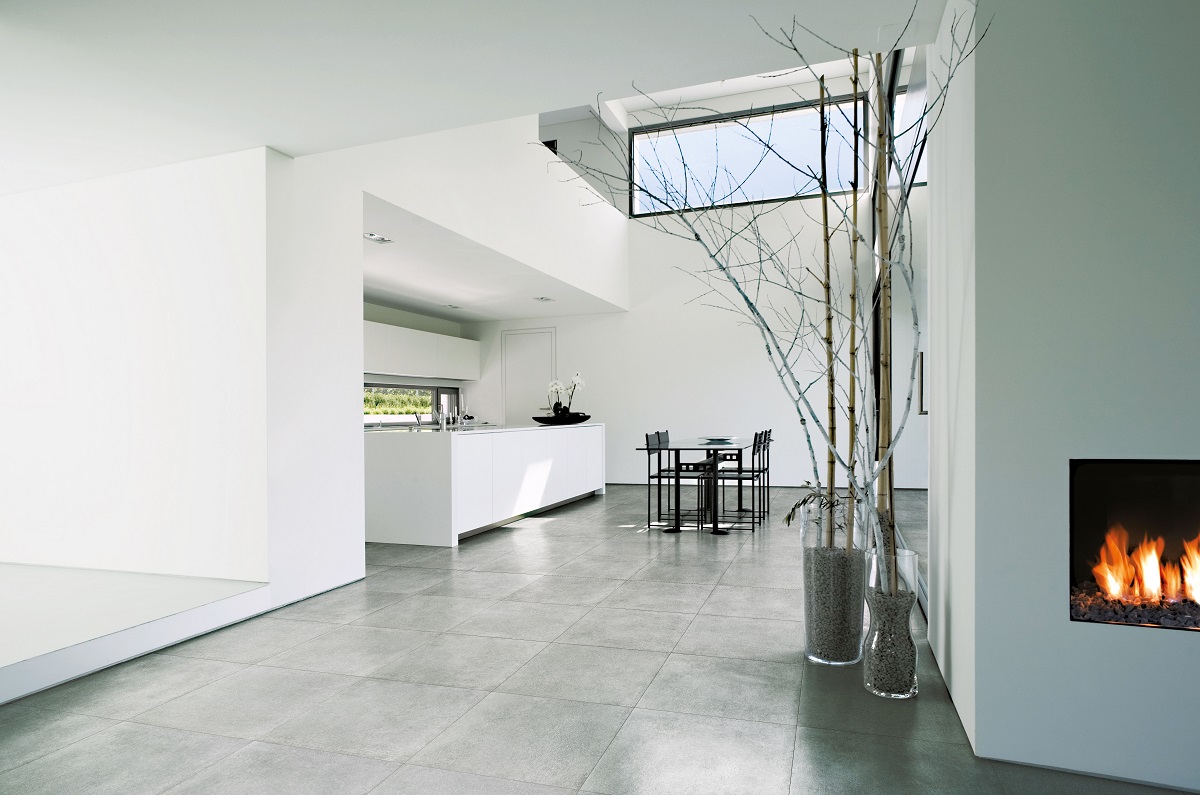
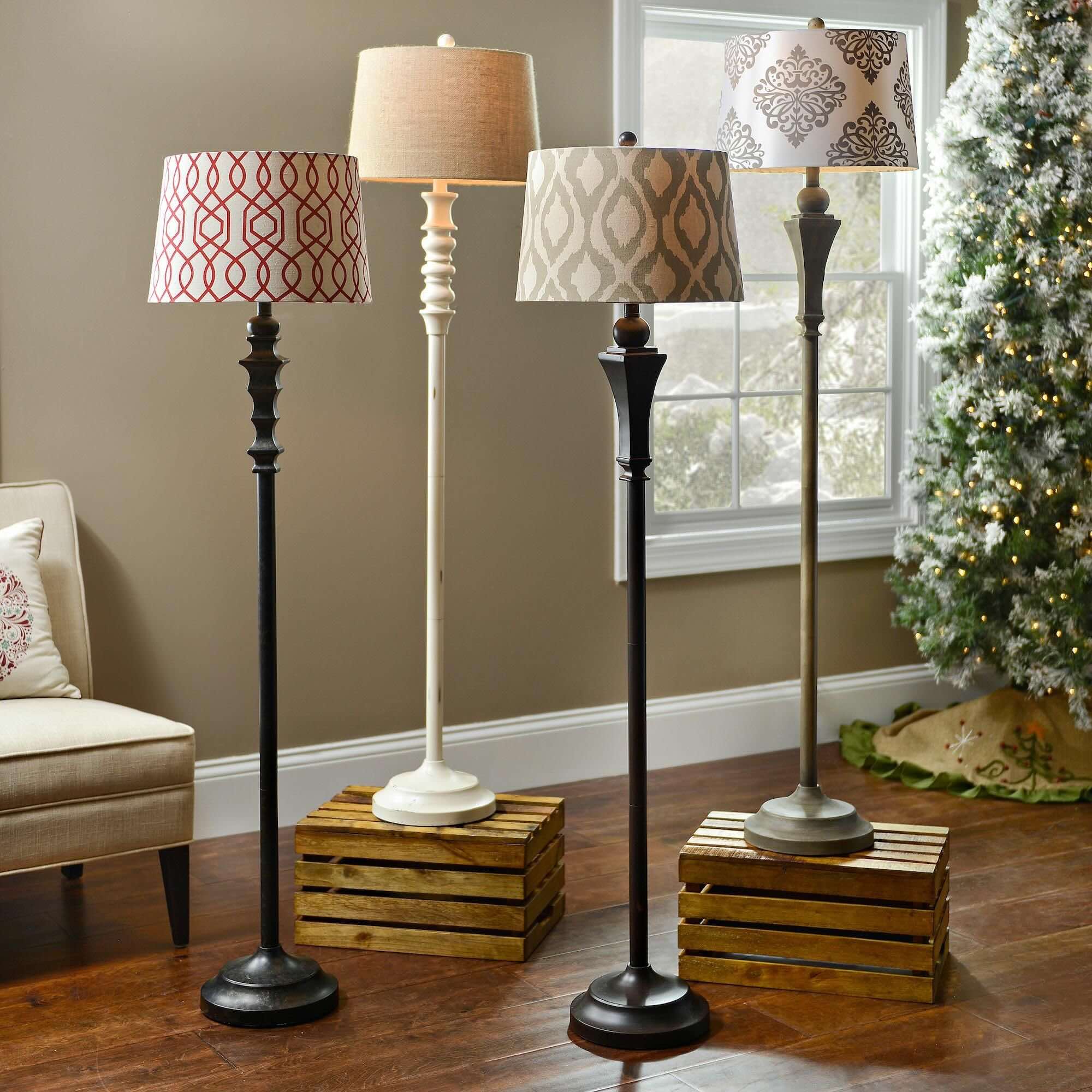
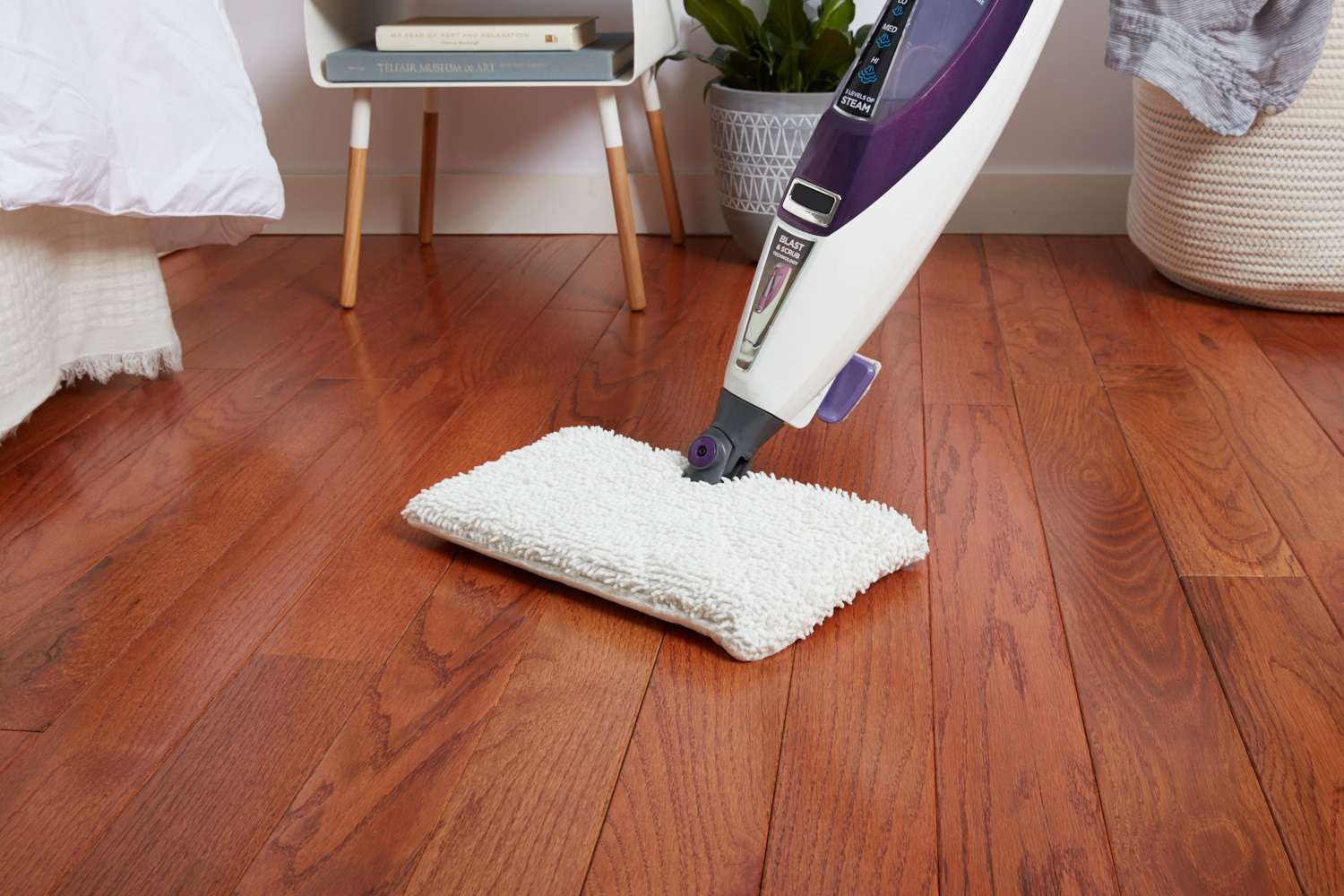
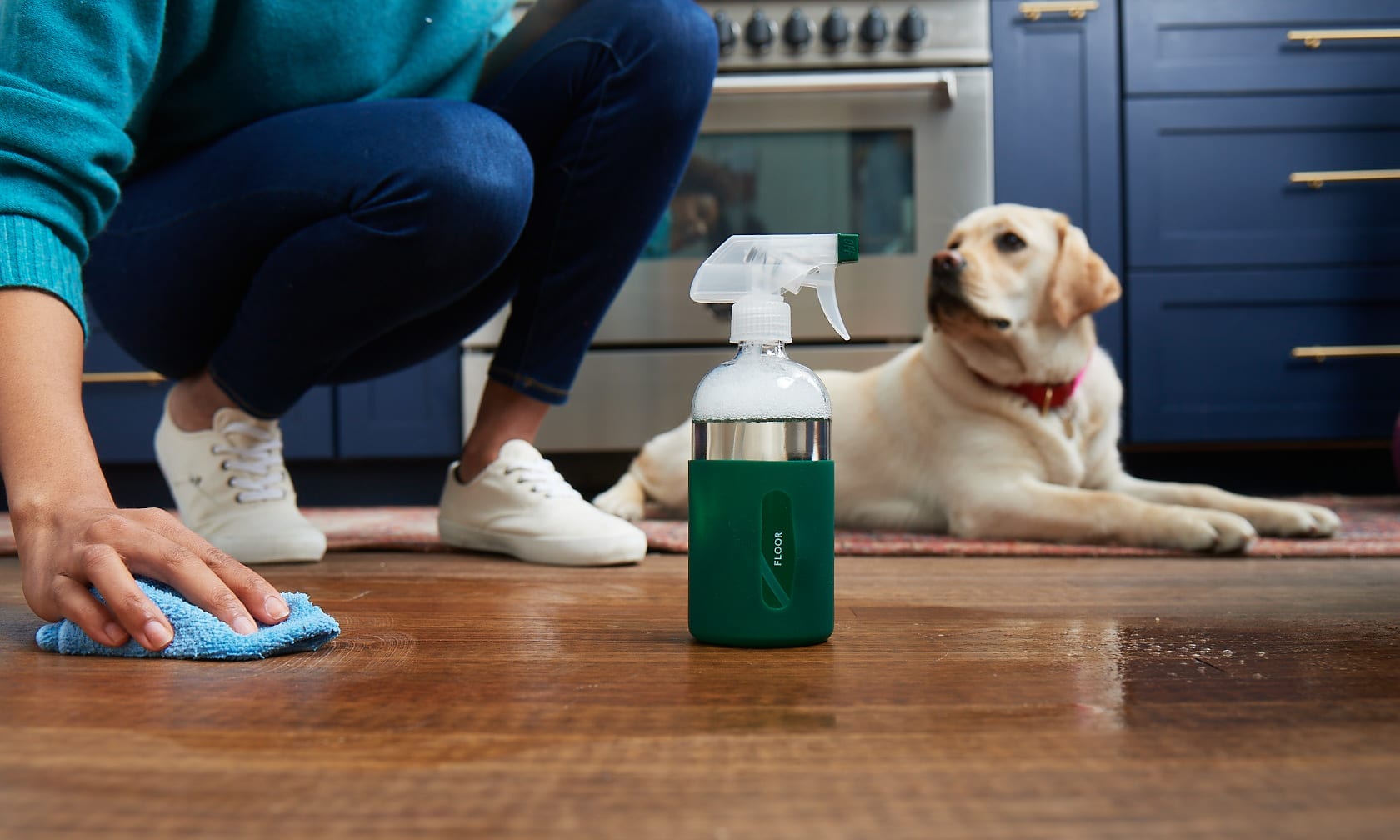
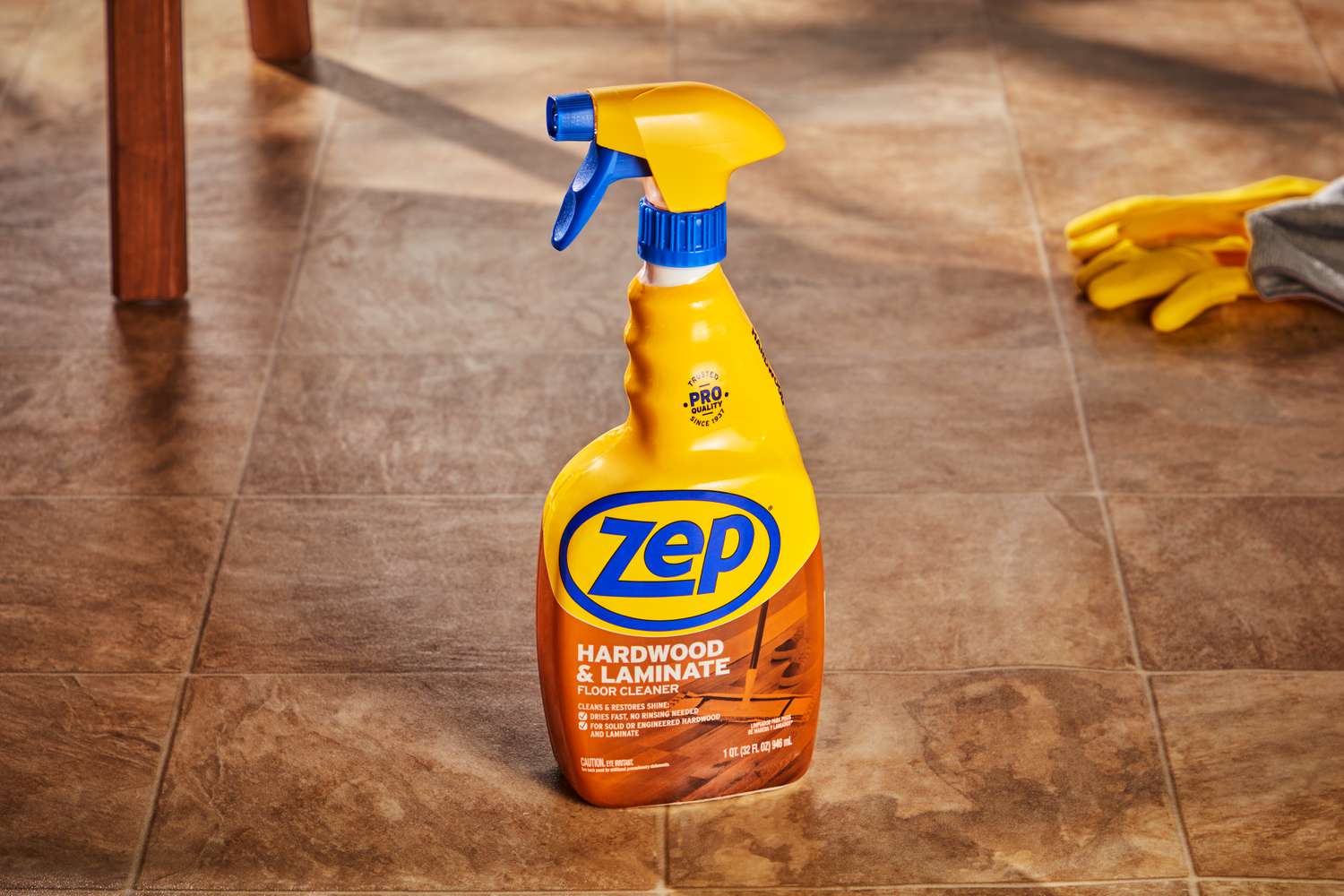
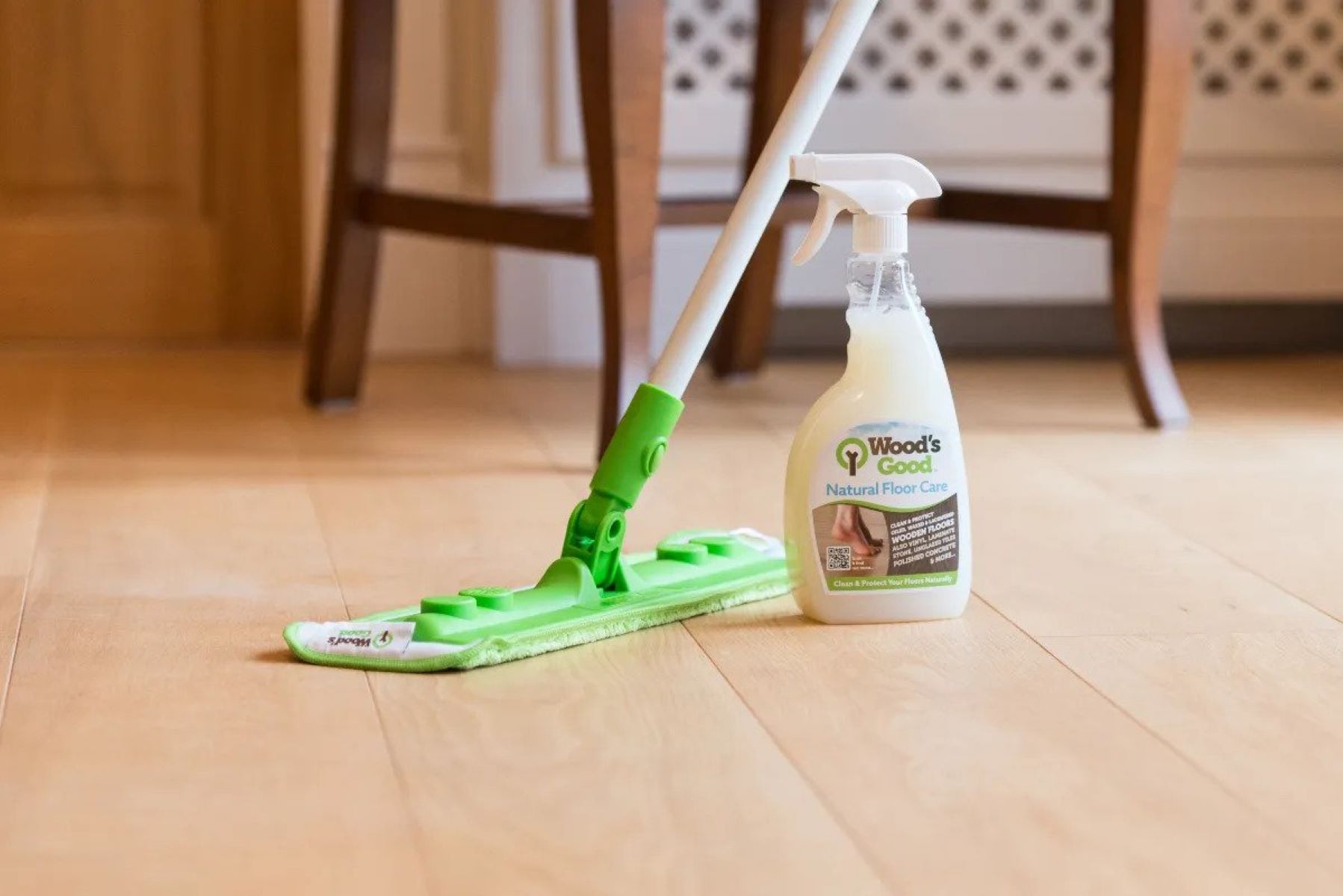

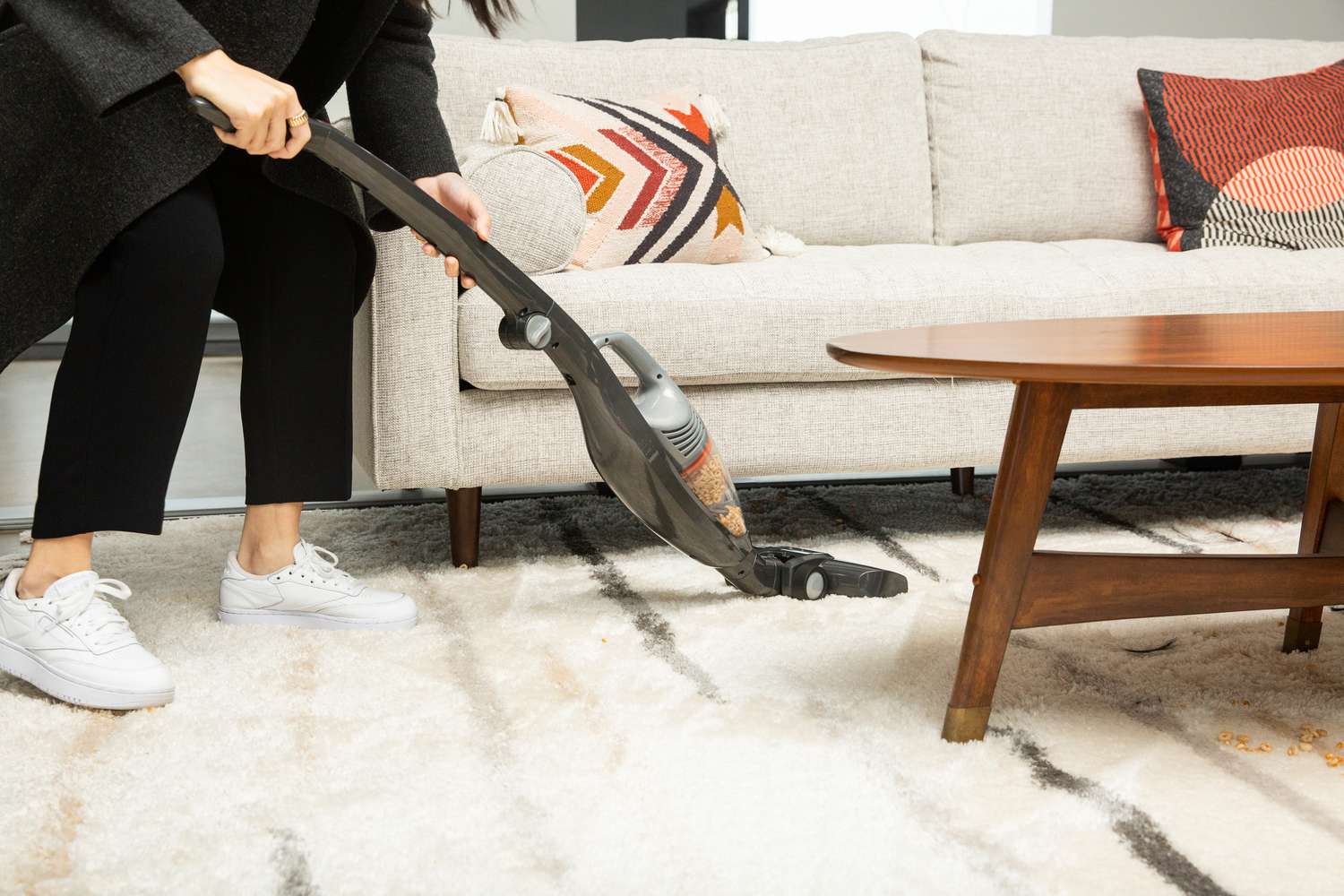

0 thoughts on “How To Make Floor Cleaner”